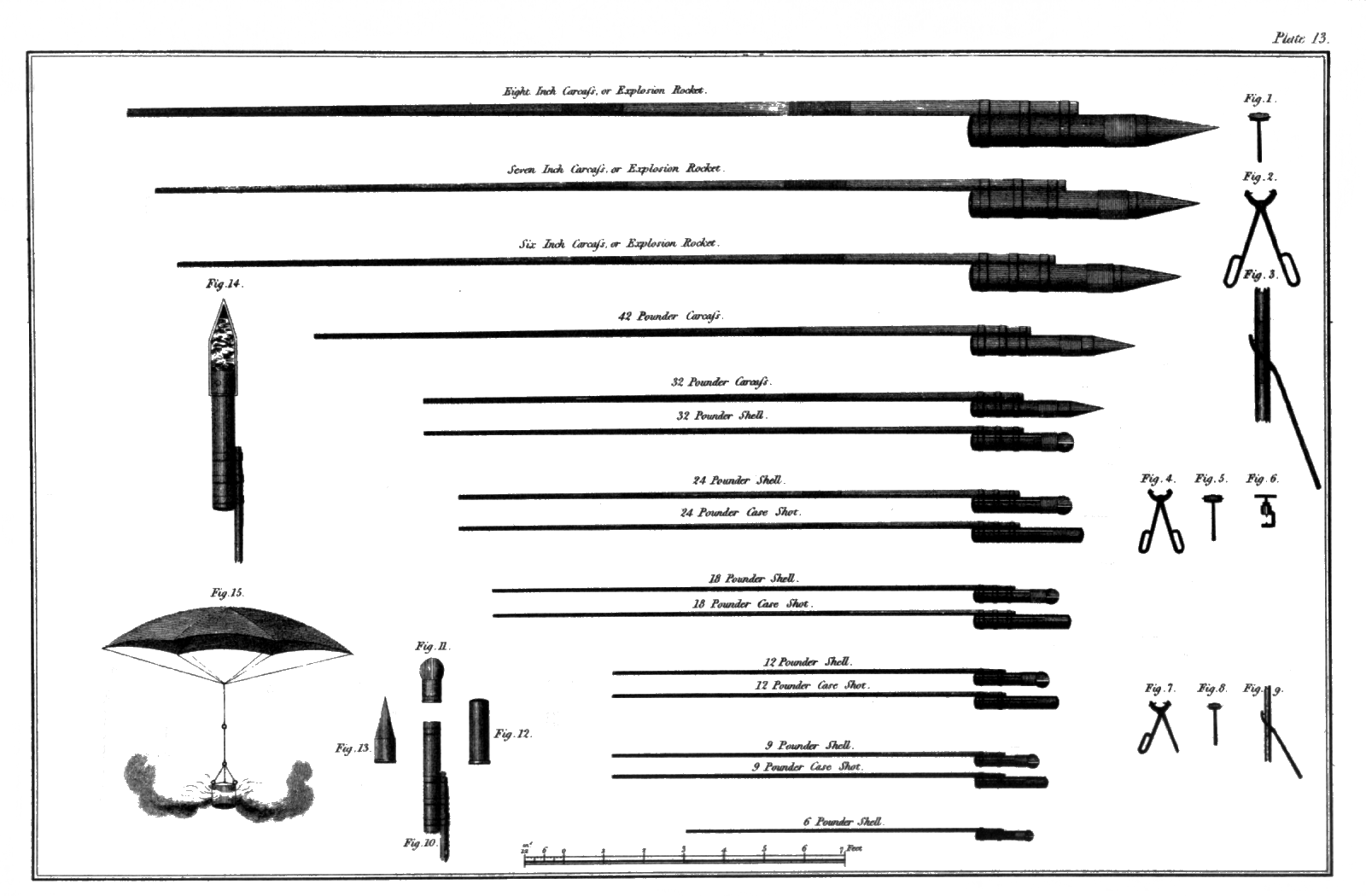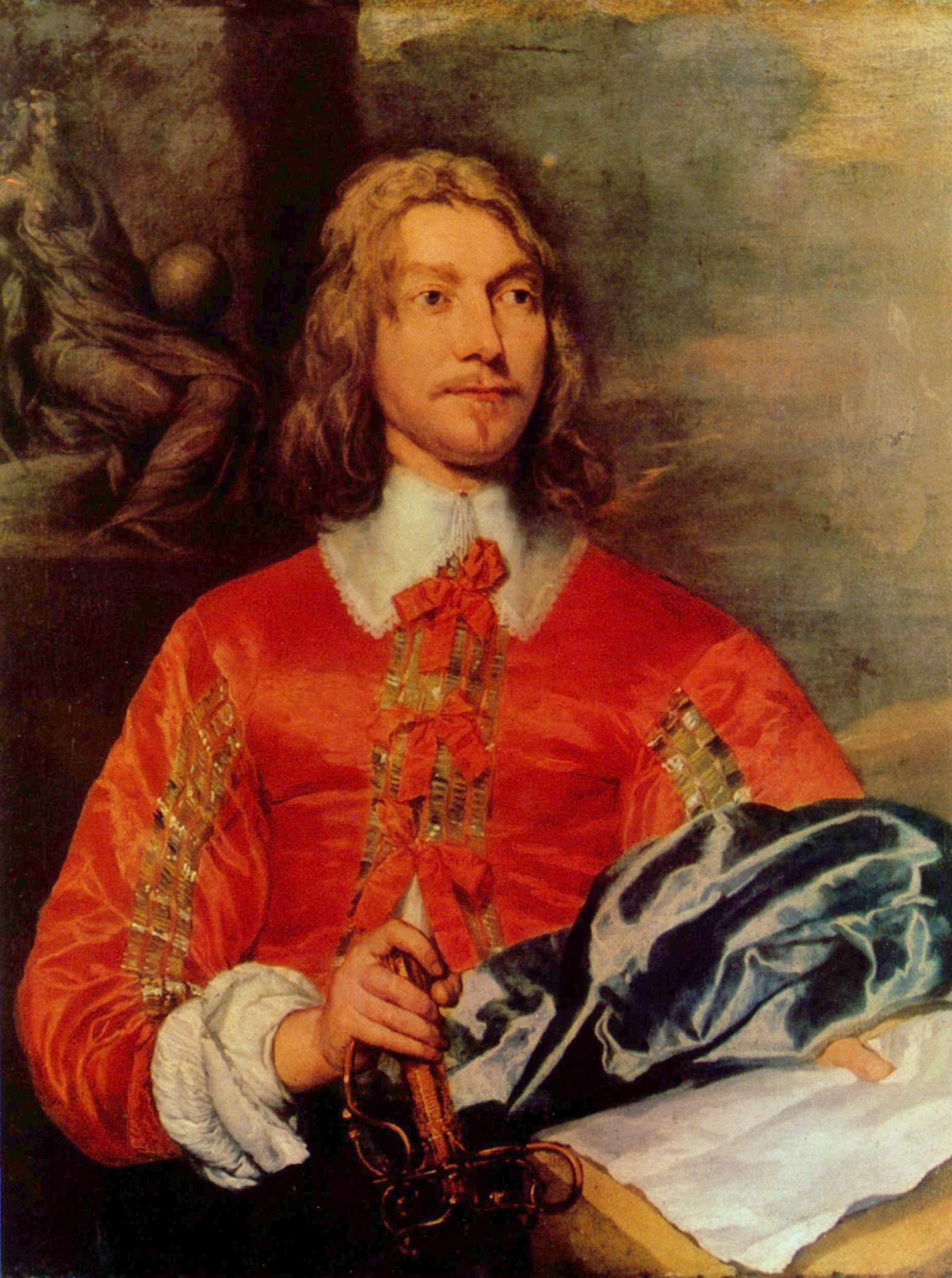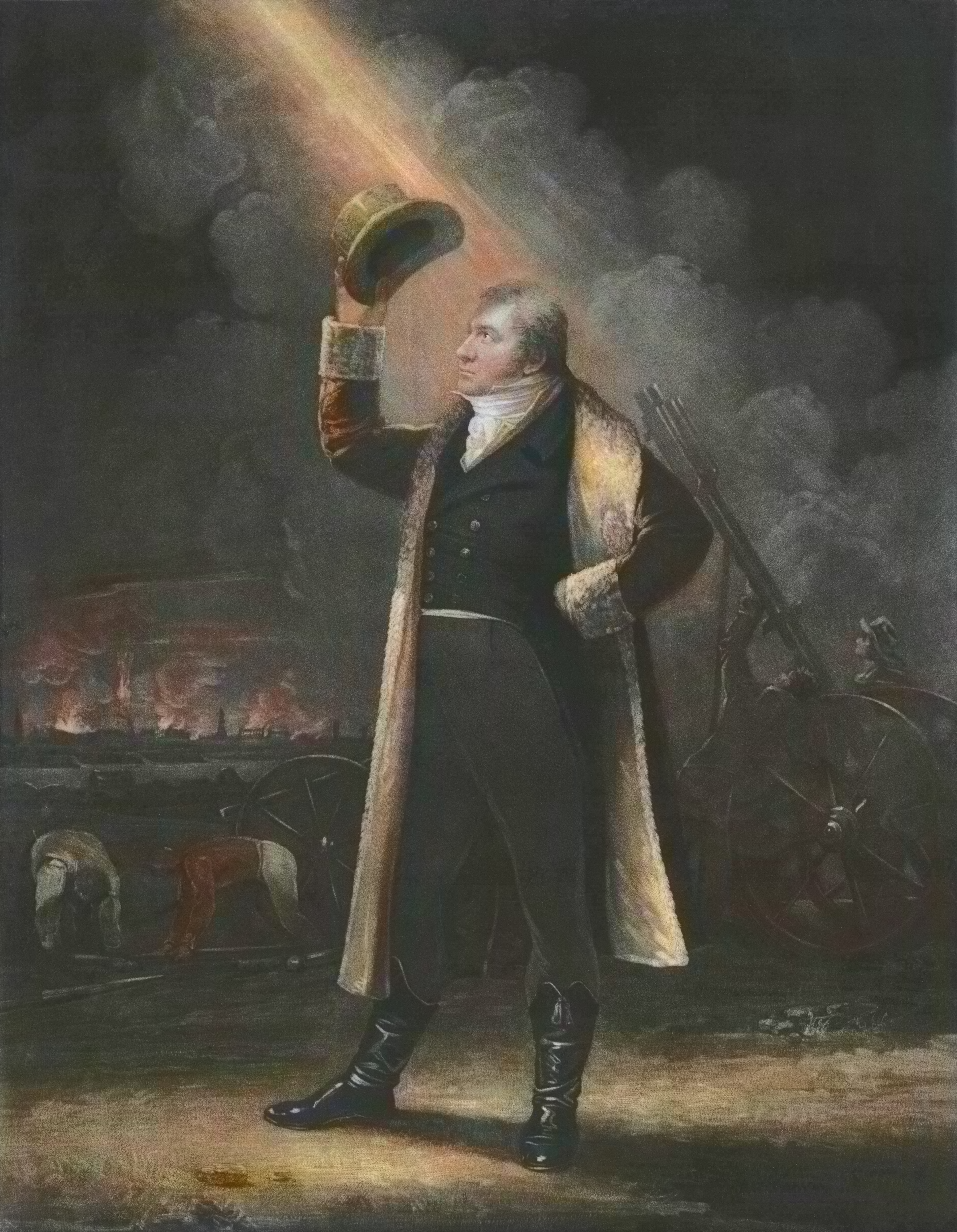|
Second Battle Of Lacolle Mills
The Battle of Lacolle Mills was fought on 30 March 1814 during the War of 1812. The small garrison of a British outpost position, aided by reinforcements, fought off a large American attack. Background After the St. Lawrence campaign had ended late the previous year with the British victory at the Battle of Crysler's Farm, the defeated American Army under Major General James Wilkinson went into winter quarters at Fort Covington, New York, French Mills, New York, only just inside the United States. The British commanders feared that the Americans could threaten the British line of communication along the St. Lawrence River from this position, but Wilkinson made no attempt to do so. His army arrived at French Mills with few supplies, and because of poor roads, lack of transport and draught animals and inefficiency of the Quartermaster General's Department, it was almost impossible to supply the army in this advanced position. Sickness rapidly increased until there were no less than ... [...More Info...] [...Related Items...] OR: [Wikipedia] [Google] [Baidu] |
Lacolle Mills Blockhouse
Lacolle Mills Blockhouse ( French: ''Blockhaus de la Rivière-Lacolle'') is a blockhouse and museum located alongside the Lacolle River near the village of Lacolle, Quebec. History Built around 1781, the blockhouse was part of the British colonies defensive network. While protecting both the watermill constructed of stone and the lighthouse built along the Lacolle River, the blockhouse was used as a military outpost by the British Army on assignment in the region of Le Haut-Richelieu Regional County Municipality and on Lake Champlain. In 1923, the Lacolle Mills Blockhouse was included in the Battle of Lacolle Mills (1814) National Historic Site of Canada. In 1960, the blockhouse was designated a cultural heritage building and is entered in the Quebec Cultural Heritage Directory. Structure The Lacolle Mills Blockhouse is a timber framed square two-storey structure. The second-level floor is cantilevered with a pavilion roof. The blockhouse is built on land that overlooks t ... [...More Info...] [...Related Items...] OR: [Wikipedia] [Google] [Baidu] |
Malone (town), New York
Malone ( moh, Tekanatà:ronhwe) is a town in Franklin County, New York, United States. The population was 14,545 at the 2010 census. The town contains a village also named Malone. The town is an interior town located in the north-central part of the county. History The town was formed from part of the town of Chateaugay in 1805. The town was originally named "Harison", after Richard Harison, who had purchased the land and founded the town. The name was changed in 1808 to "Ezraville", after Ezra L'Hommedieu, and in 1812 to "Malone". During the War of 1812, the village was sacked by British troops making incursions from what would become Canada. Former Governor Mario Cuomo instituted financial measures to increase economic stability to the county by bringing in many prisons (state and federal). Between 1901 and 1958, a commuter train service run by the New York Central Railroad connected Malone with Montreal, Quebec. Notable people * Michael Hastings (1980–2013), i ... [...More Info...] [...Related Items...] OR: [Wikipedia] [Google] [Baidu] |
Ile Aux Noix
*
*
{{disambiguation ...
Ile may refer to: * iLe, a Puerto Rican singer * Ile District (other), multiple places * Ilé-Ifẹ̀, an ancient Yoruba city in south-western Nigeria * Interlingue (ISO 639:ile), a planned language * Isoleucine, an amino acid * Another name for Ilargi, the moon in Basque mythology * Historical spelling of Islay, Scottish island and girls' name * Another name for the Ili River in eastern Kazakhstan * ''Ile'', a gender-neutral pronoun in Portuguese See also * ILE (other) Ile may refer to: * iLe, a Puerto Rican singer * Ile District (other), multiple places * Ilé-Ifẹ̀, an ancient Yoruba city in south-western Nigeria * Interlingue (ISO 639:ile), a planned language * Isoleucine, an amino acid * Another ... [...More Info...] [...Related Items...] OR: [Wikipedia] [Google] [Baidu] |
Royal Navy
The Royal Navy (RN) is the United Kingdom's naval warfare force. Although warships were used by English and Scottish kings from the early medieval period, the first major maritime engagements were fought in the Hundred Years' War against France. The modern Royal Navy traces its origins to the early 16th century; the oldest of the UK's armed services, it is consequently known as the Senior Service. From the middle decades of the 17th century, and through the 18th century, the Royal Navy vied with the Dutch Navy and later with the French Navy for maritime supremacy. From the mid 18th century, it was the world's most powerful navy until the Second World War. The Royal Navy played a key part in establishing and defending the British Empire, and four Imperial fortress colonies and a string of imperial bases and coaling stations secured the Royal Navy's ability to assert naval superiority globally. Owing to this historical prominence, it is common, even among non-Britons, to ref ... [...More Info...] [...Related Items...] OR: [Wikipedia] [Google] [Baidu] |
Daniel Pring
Daniel Pring ( 1788 – 29 November 1846) was an officer in the British Royal Navy. He is best known for the part he played in the War of 1812 between Britain and the United States. He was born near Honiton in Devon. He entered the Navy in 1800, and evidently took part in the abortive British invasions of the Río de la Plata, as in 1807 he was appointed Lieutenant and commander of the schooner , taken as a prize at Montevideo. His promotion to Lieutenant was confirmed in 1808. In 1810, he married Sarah Anne Wemyss from Dundee. In 1811, he was serving aboard HMS ''Africa'', the flagship of Vice Admiral Sir Herbert Sawyer, the commander in chief of the North American station based at Halifax, Nova Scotia. The following year, he transferred to , the flagship of Sawyer's successor, Vice Admiral Sir John Borlase Warren. He was one of three Lieutenants (the other two being Robert Finnis and Robert Heriot Barclay) detached by Warren to the naval establishment on the Grea ... [...More Info...] [...Related Items...] OR: [Wikipedia] [Google] [Baidu] |
Canadian Regiment Of Fencible Infantry
The Canadian Regiment of Fencible Infantry, commonly known as the Canadian Regiment or the Canadian Fencibles, saw service in Upper and Lower Canada during the early 19th century, notably during the Anglo-American War of 1812. History The regiment was originally raised in Scotland amongst highlanders keen on emigrating to Canada in 1803–4. The unit was to see service only in British North America, however, misunderstandings regarding the terms of enlistment and rumours that the regiment would be sent to India caused the recruits to mutiny in Glasgow. In response, the men were all discharged in the fall of 1804. Subsequently, the commissioned officers and a skeleton crew of other ranks were sent to re-raise the regiment in the Canadas. Initially, the commissioned and non-commissioned officers were Scottish while the core of the regiment would be French and English-speaking Canadians. Of the English-speaking Canadians who enlisted, many were the sons of Loyalists from the Thir ... [...More Info...] [...Related Items...] OR: [Wikipedia] [Google] [Baidu] |
Canadian Voltigeurs
The Canadian Voltigeurs were a light infantry unit, raised in Lower Canada (the present-day Province of Quebec) in 1812, that fought in the War of 1812 between Britain and the United States. History Formation As war with the United States threatened, on 15 April 1812 Sir George Prevost, the Governor General of Canada, authorised the enlistment of a ''Provincial Corps of Light Infantry'' under Lieutenant Colonel Charles de Salaberry, to serve during war or the "apprehension of war". The unit was officially part of the militia, and its enlisted personnel were subject to the Militia laws and ordinances, but for all practical purposes, it was administered on the same basis as the ''Fencible'' units, also raised in Canada as regular soldiers but liable for service in North America only. De Salaberry selected members of the leading families of Lower Canada as officers, but their commissions were not confirmed until they had recruited their quota of volunteers (for example, 36 men for ... [...More Info...] [...Related Items...] OR: [Wikipedia] [Google] [Baidu] |
Battle Of Lacolle Mill
A battle is an occurrence of combat in warfare between opposing military units of any number or size. A war usually consists of multiple battles. In general, a battle is a military engagement that is well defined in duration, area, and force commitment. An engagement with only limited commitment between the forces and without decisive results is sometimes called a skirmish. The word "battle" can also be used infrequently to refer to an entire operational campaign, although this usage greatly diverges from its conventional or customary meaning. Generally, the word "battle" is used for such campaigns if referring to a protracted combat encounter in which either one or both of the combatants had the same methods, resources, and strategic objectives throughout the encounter. Some prominent examples of this would be the Battle of the Atlantic, Battle of Britain, and Battle of Stalingrad, all in World War II. Wars and military campaigns are guided by military strategy, whereas bat ... [...More Info...] [...Related Items...] OR: [Wikipedia] [Google] [Baidu] |
Odelltown
Odelltown is a former town in southern Quebec, Canada located on Route 221, 4.7 km (2.9 mi) south of Lacolle, Quebec. The settlement was named after Joseph Odell, a United Empire Loyalist and Founder Pioneer of the Odell Family in Odelltown, Province of Lower Canada (now Quebec, Canada). The hamlet has since been made part of Lacolle. The area was the scene of a battle on 28 June 1814 during the War of 1812 between American and British forces. It resulted in a British victory. Odelltown was also the scene of two engagements between rebels and loyalists during the Lower Canada Rebellion between 7 November 1838 and 9 November 1838. Both engagements resulted in loyalist victories. Odell family Joseph Odell Sr. and his wife, Martha Manning, settled in this area together with six of their seven sons. Joseph Odell Sr. later moved to the Sutton area. The stone house, built in 1801 by their third son, Joseph Odell Jr. (m. Sarah (Sally) Lewis) still stands to this day on the nor ... [...More Info...] [...Related Items...] OR: [Wikipedia] [Google] [Baidu] |
Royal Marine Artillery
The history of the Royal Marines began on 28 October 1664 with the formation of the Duke of York and Albany's Maritime Regiment of Foot soon becoming known as the Admiral's Regiment. During the War of the Spanish Succession the most historic achievement of the Marines was the capture of the mole during the assault on Gibraltar (sailors of the Royal Navy captured the Rock itself) in 1704. On 5 April 1755, His Majesty's Marine Forces, fifty Companies in three Divisions, headquartered at Portsmouth, Chatham and Plymouth, were formed by Order of Council under Admiralty control. The Royal Marine Artillery was formed as an establishment within the British Royal Marines in 1804 to man the artillery in bomb vessels. As their coats were the blue of the Royal Regiment of Artillery, this group was nicknamed the "Blue Marines" and the Infantry element, who wore the scarlet coats of the British infantry, became known as the "Red Marines". During the Napoleonic Wars the Royal Marines participat ... [...More Info...] [...Related Items...] OR: [Wikipedia] [Google] [Baidu] |
Congreve Rocket
The Congreve rocket was a type of rocket artillery designed by British inventor Sir William Congreve in 1808. The design was based upon the rockets deployed by the Kingdom of Mysore against the East India Company during the Second, Third, and Fourth Anglo-Mysore Wars. Lieutenant general Thomas Desaguliers, colonel commandant of the Royal Artillery at Woolwich, was impressed by reports of their effectiveness, and undertook several unsuccessful experiments to produce his own rocket weapons. Several captured Mysorean rockets were sent to England following the annexation of the Mysorean kingdom into British India following the death of Tipu Sultan in the siege of Seringapatam. The project was continued chiefly with William Congreve, who set up a research and development programme at the Woolwich Arsenal's laboratory. After development work was complete the rockets were manufactured in quantity further north, near Waltham Abbey, Essex. He was told that "the British at Seringapa ... [...More Info...] [...Related Items...] OR: [Wikipedia] [Google] [Baidu] |
Watermill
A watermill or water mill is a mill that uses hydropower. It is a structure that uses a water wheel or water turbine to drive a mechanical process such as milling (grinding), rolling, or hammering. Such processes are needed in the production of many material goods, including flour, lumber, paper, textiles, and many metal products. These watermills may comprise gristmills, sawmills, paper mills, textile mills, hammermills, trip hammering mills, rolling mills, wire drawing mills. One major way to classify watermills is by wheel orientation (vertical or horizontal), one powered by a vertical waterwheel through a gear mechanism, and the other equipped with a horizontal waterwheel without such a mechanism. The former type can be further divided, depending on where the water hits the wheel paddles, into undershot, overshot, breastshot and pitchback (backshot or reverse shot) waterwheel mills. Another way to classify water mills is by an essential trait about their location: tide mills ... [...More Info...] [...Related Items...] OR: [Wikipedia] [Google] [Baidu] |





